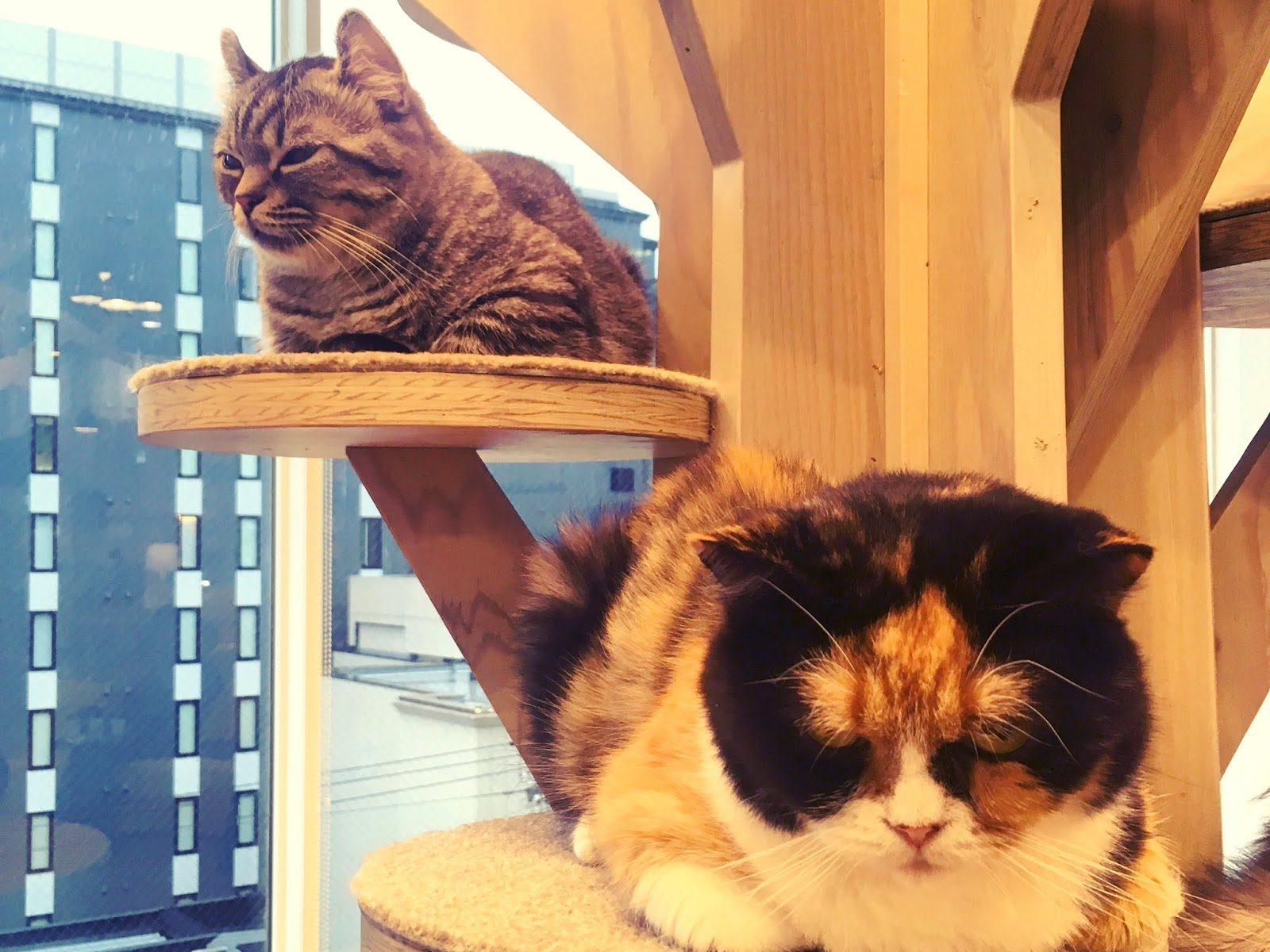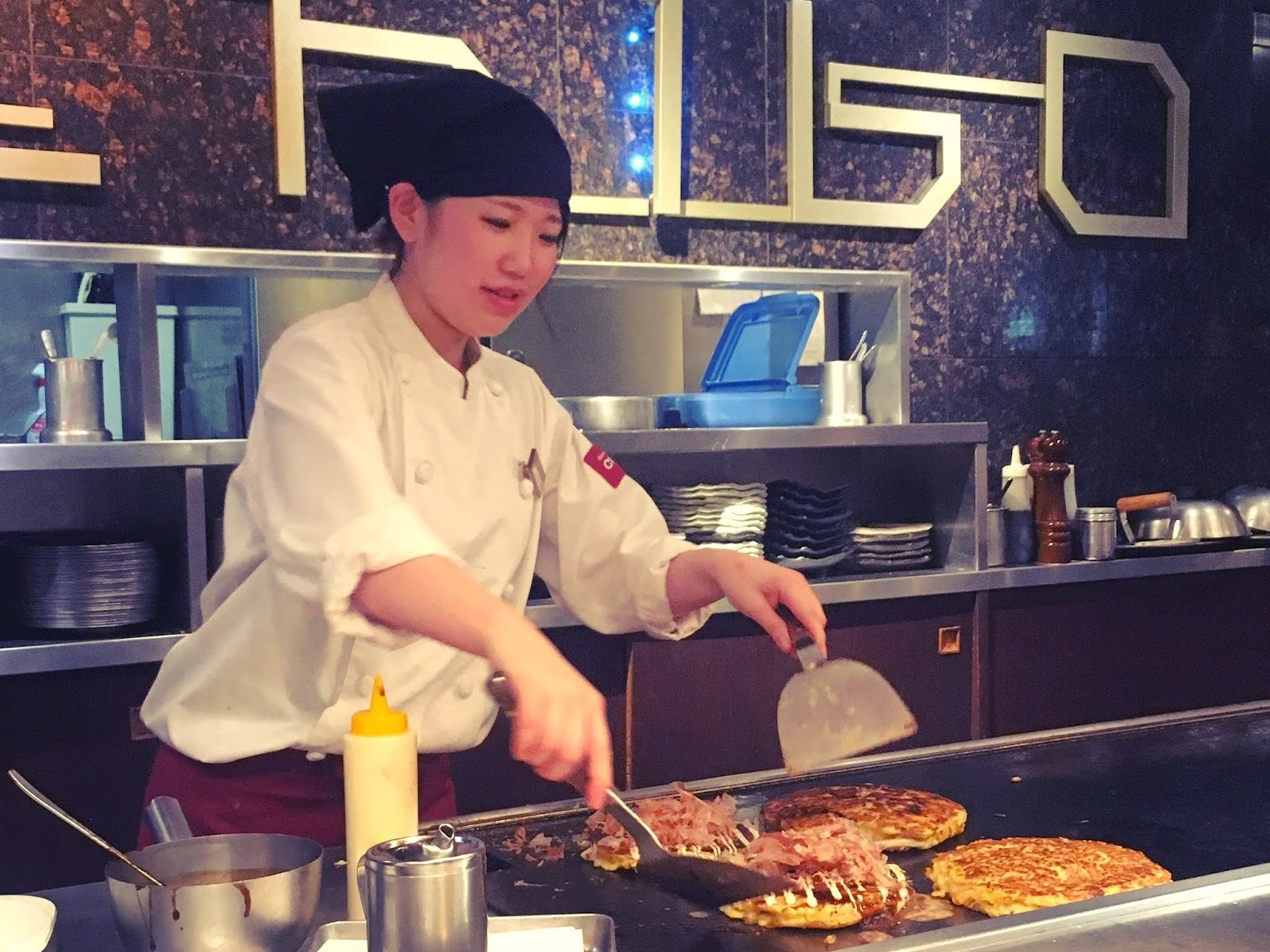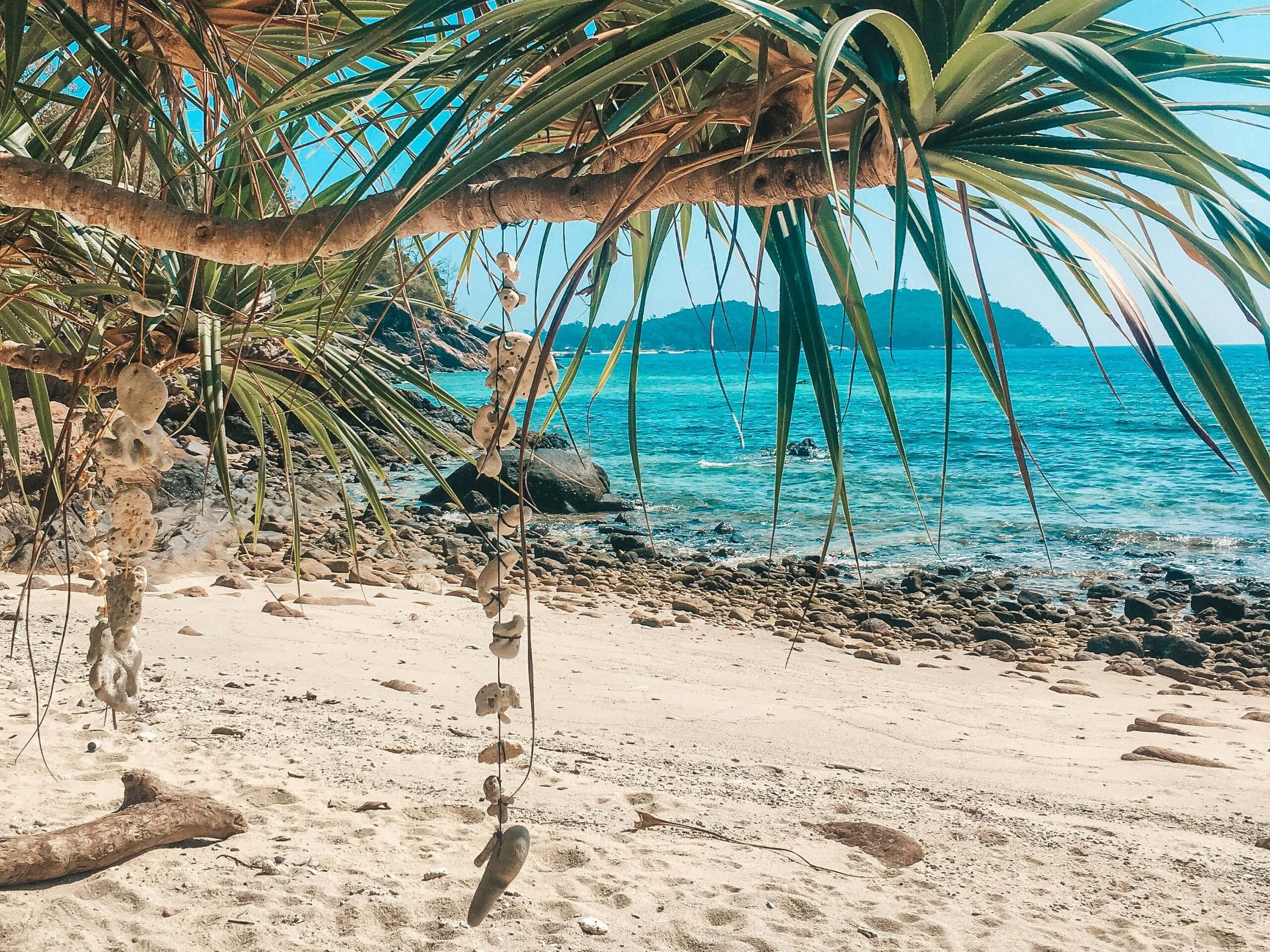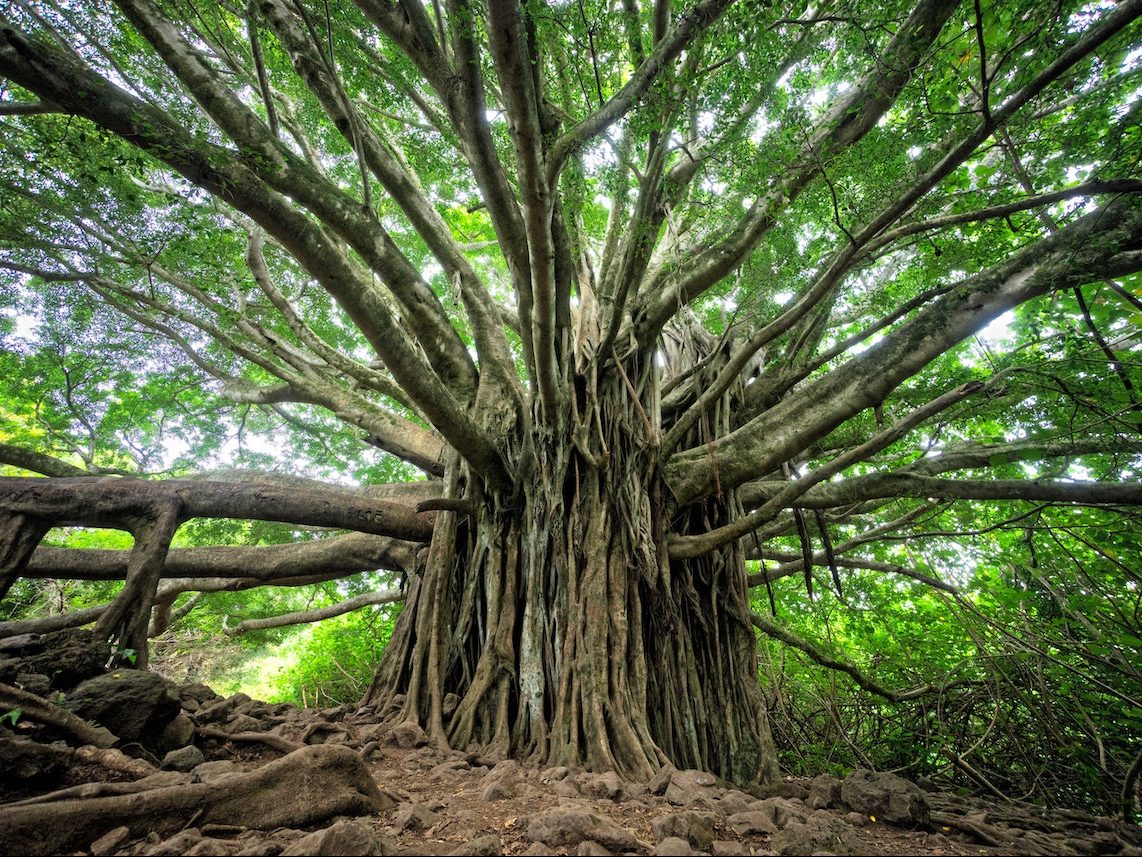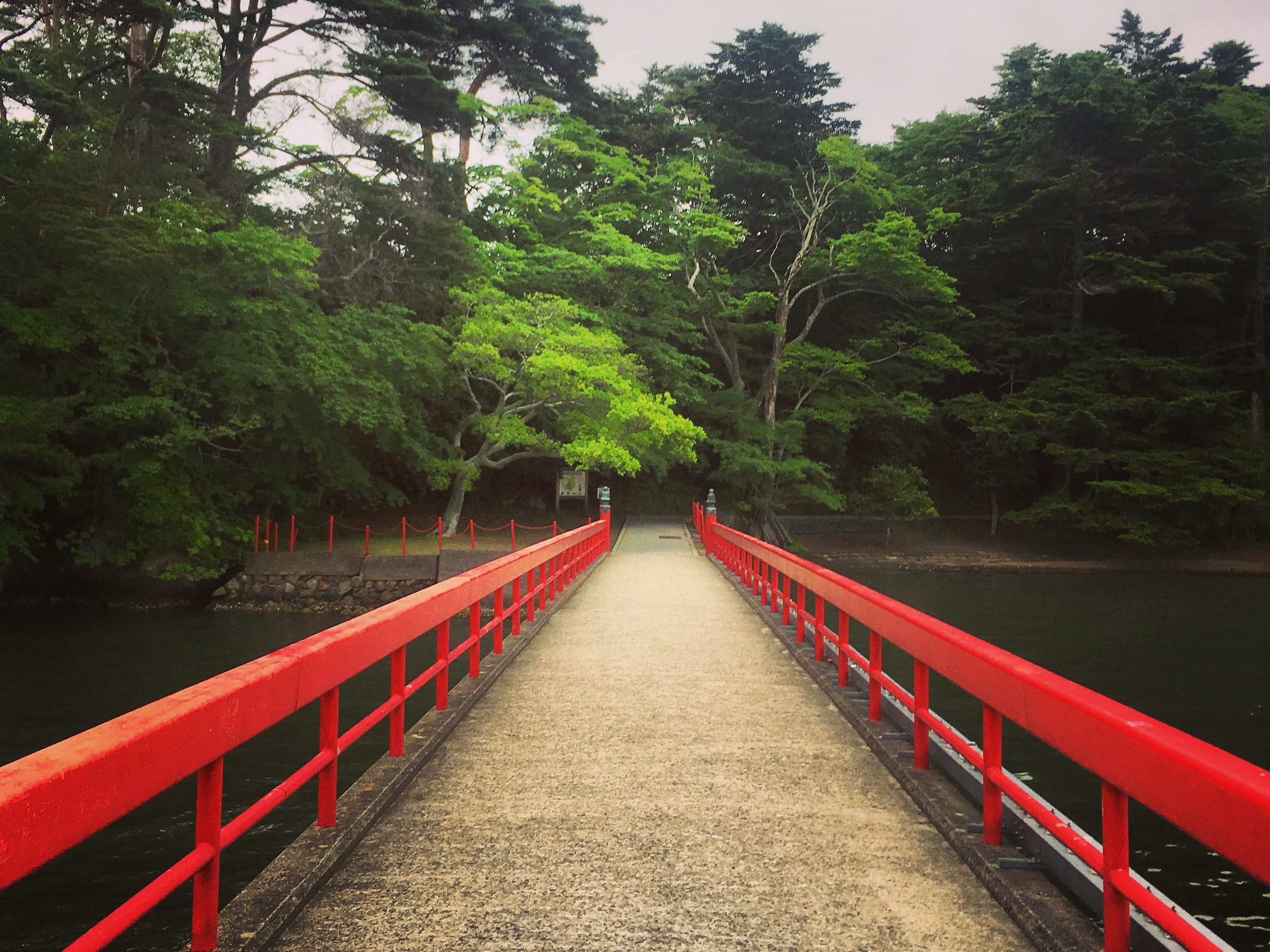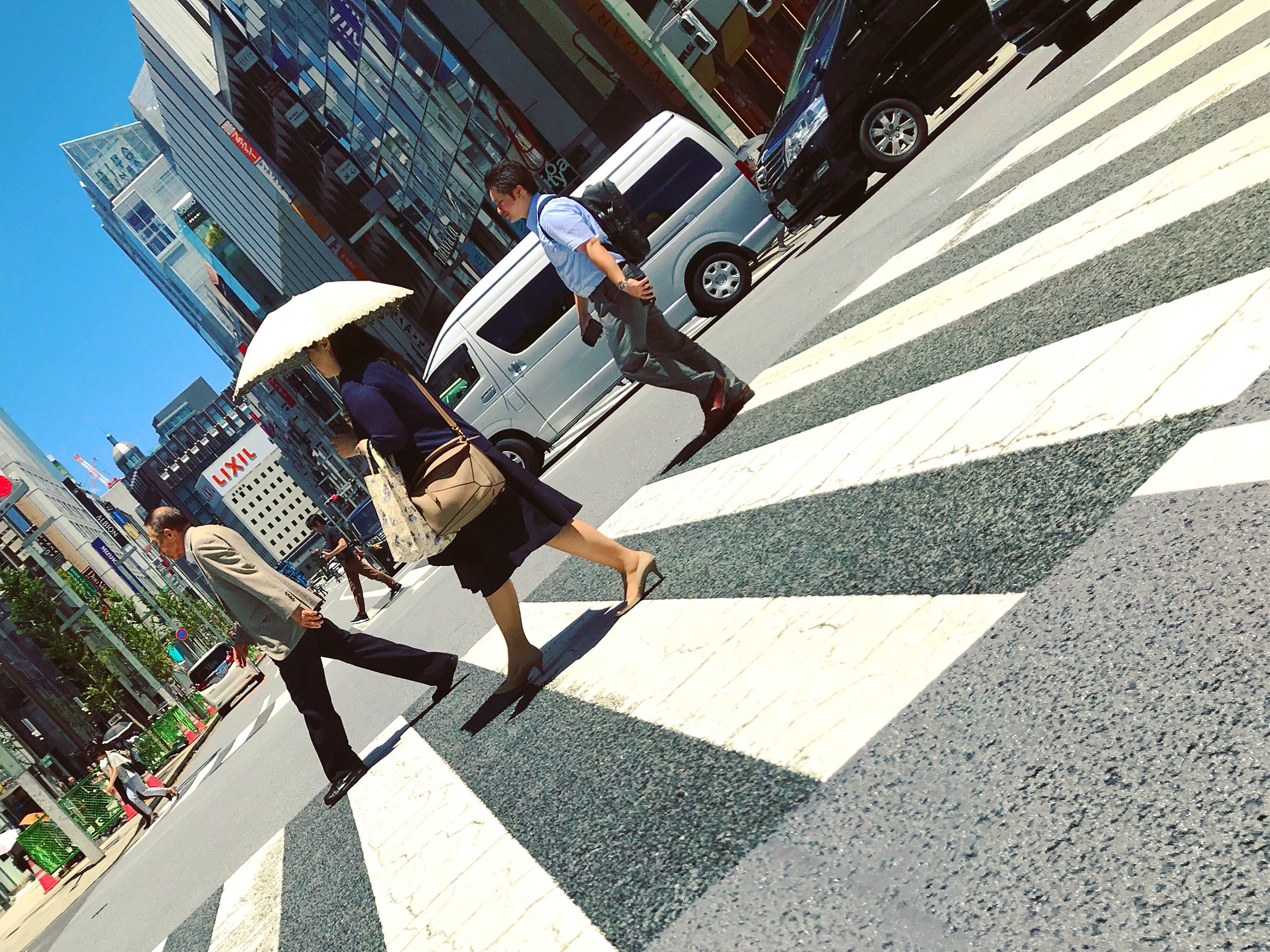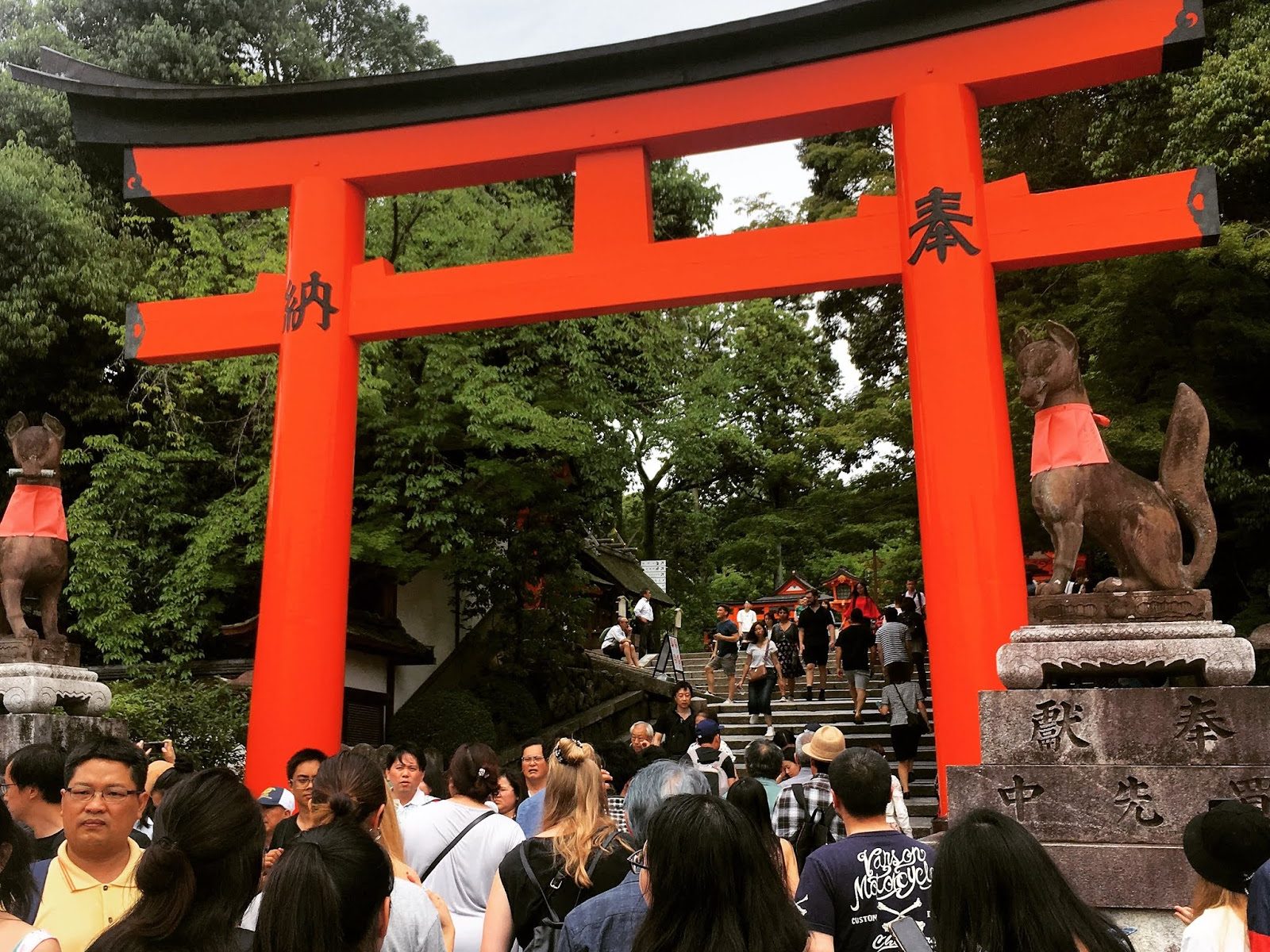
Japan Day 14 – Kyoto
There were two places in Kyoto I definitely wanted to see. The first was the bamboo forest, which I had never been to before. The online reviews said to arrive early, before the crowds, and so Fletch and I did our best to wake up at an early hour. Despite our best efforts, it took an hour and two busses to navigate over to the outskirts of the city where the forest was located, and so we ended up arriving at a normal hour with the rest of the crowds, and crowds was an understatement.
The bamboo forest in Kyoto makes regular appearances in travel articles, or lists of places to see before you die. “Towering green stalks of the famously versatile plant sway in the wind, creaking eerily they collide and twist, leaves rustling,” says CNN Travel. “No picture can capture the feeling of standing in the midst of this sprawling bamboo grove – the whole thing has a palpable sense of otherness that is quite unlike that of any normal forest we know of,” says Inside Kyoto. “The absolutely gorgeous forest of skinny bamboo trunks is the heroin chic of wooded glades. As the wind passes through the tightly packed plants, the wood bends and creaks, the leaves rustle, and the trunks knock together, creating a peaceful sound like almost nothing else,” says Atlas Obscura. Who wouldn’t want to experience such a natural wonder? Apparently everyone else was thinking the same thing.
| Obligatory shrine in the Bamboo Grove. |
I am sorry to say that the bamboo forest was nothing but a giant tourist trap. There was no serenity, no otherworldliness, just throngs of people and Chinese girls dressed up as geisha and tripods set up at every which turn. The chatter of excited tourists and the clicks of thousands of cameras drowned out any rustling or creaking noises the bamboo may have been making. Japanese guys dressed in short shorts that looked like lederhosen were selling rickshaw rides for those into such touristy gimmicks. The articles all promised that a photo couldn’t possibly capture the beauty of the experience, but the photos I did manage to capture, sans people (mostly by angling the camera upwards), were way more peaceful than the actual experience turned out to be.
| Arashiyama Bamboo Grove (angled upwards to avoid all the people). |
Fletch and I tried our best to walk hand in hand, and slowly take it all in. I didn’t relax until we were out of there though. We made our exit at the opposite end from which we had entered, and got delightfully lost in a little residential neighborhood that wasn’t crawling with tourists.
| Cute little stone statues are the only people in the bamboo grove that don’t take away from the appeal. |
There was a little tourist town on the outskirts of the forest, which had numerous souvenir shops and sweets. We searched around for a suitable breakfast, and stopped at a tofu restaurant. We were seated upstairs in front of a window overlooking the street down below. The people watching was much more appealing when we weren’t fighting through the crowds, but merely observing from a distance. We ordered two set meals, which came with a variety of small, various tofu dishes. The meal was a vegetarian’s dream, and I especially enjoyed the “tofu skin,” which had a very pleasant, layered texture, and was almost chewy. I don’t think Fletch was as big a fan of that particular meal.
| An entirely tofu breakfast. |
The second place in Kyoto I wanted to take Fletch to was Fushimi Inari Shrine, otherwise known as the orange gate shrine from the movie Memoirs of a Geisha. My roommate on Semester at Sea had brought me to this shrine, six years before, and I had fallen in love. If anything manmade could have been as otherworldly as a bamboo forest, Inari Shrine was it. Thousands of vermilion torii gates had wound their way up 233 meters to the summit of sacred Mount Inari. The maze of orange tunnels had been one of my most unforgettable experiences in Japan. I don’t even know how to describe it except for magical. I couldn’t wait to go back.
 |
| Fushimi Inari Shrine in 2012. |
I almost wished I hadn’t gone back. We arrived after another hour-journey and two trains over to find a crowd ten times the size of the one we had left at the bamboo forest. I remembered a small crowd from before, one that quickly dissipated about fifteen minutes into the hike, once people realized they had seen what they had come to see, and there was no need to hike the entire path. I told Fletch that if we hustled through the first part of the winding orange tunnels, the crowd would probably (hopefully) thin out. So we hurried past the entry shrine and all the sightseers gleefully ringing the bells, and entered the first set of orange gates. We weren’t hurrying anywhere after that. There were so many people packed in there like sardines, I couldn’t even move. I’m not a claustrophobic person, but being enclosed in a tunnel with so many people that escaping wasn’t an option, was vaguely sickening. It was worse than standing in line at Disney World. Determined to lose the crowds though, we shoved our way forward, hoping the crowd would dissipate soon. It didn’t.
| Entrance to Fushimi Inari Shrine in 2018. |
| We did find this cat, who seemed equally taken aback by having his home invaded by tourists. |
When searching for things to do in Kyoto, I had stumbled across services that offered to dress you up like a geisha for the day. Sort of like the Disney Princess treatment I guess, except the Japanese version. I had skimmed past those activities, dismissing them as tourist gimmicks. Apparently it was a popular thing for the Chinese tourists to do though, as a good percentage of the people stepping on our toes were Chinese girls in their geisha getups. They were all holding up traffic, trying to get their Memoirs of a Geisha shot, while their boyfriends dutifully got fancy with the camera angles. It is very difficult to walk in layers of cloth wound tightly around your legs, never mind the wooden shoes. Surely as soon as we gained some elevation, we would shake the fake geishas out of the crowd.
Onward we trudged, growing less and less hopeful all the way. We did eventually shake the geisha girls, but it looked as though everyone else was in it for the whole 4 km hike. The number of people invading this sacred space was saddening. The magic I remembered from being here was gone. We eventually abandoned ship and jumped at the first, less-traveled side path we found back down the mountain. This path was muddy and the few people on it eventually decided they were heading the wrong way and turned back. Perfect. A few scattered and greatly faded torii gates still welcomed us ahead. The muddy path even led through a small patch of bamboo. The magic of once-cultural Kyoto granted us this small space of peace, with a taste of the things we had set out to see this morning. I was happy.
| The road less traveled… |
We were trekking farther and farther away from civilization when we came to a sign warning about boars. Great, we had finally shaken the crowd just to get mauled by wild boars. Luckily we didn’t run into any though, just a swarm of thirsty mosquitos that made us pick up our pace to dissuade any more from landing on our bare skin. The path spat us out at the base of the mountain into a quiet, residential area. This looked to be a wealthy neighborhood, as the homes were very large with small but beautifully landscaped gardens.
We wandered around lost, not feeling the need to pull out the GPS jut yet. Instead, our wandering led us over to some random temple that was massive and didn’t have a person in site. This was the way to experience the sacred splendor of Kyoto. I have no idea what temple we were at, but we had a much better experience there than we had at the tourist traps. How sad that Kyoto’s magic had been trampled by enough visitors to make the place feel more like an amusement park. The world is being suffocated by too many people. Nearly every place I’ve gone, the locals all talk about that place as it was ten years ago. “If only we could go back to the way it was ten years ago.” When the excitement of experiencing a new place has you seeing everything through rose-tinted glasses, that seems like a pretty pessimistic outlook on life. But now I understood. Now I was the one reminiscing about the place Japan was ten years ago, when the number of tourists in the country was only 28% the number there in 2018.
| Unknown temple we stumbled upon, away from all the crowds. |
| Grounds of the unknown temple; we were very envious of this bird and his prime perch away from the crowds. |
In a last ditch effort to see something famous in Kyoto, Fletch and I boarded a train followed by a bus to Kinkaku-ji, the Golden Pavilion. We arrived 30 minutes before close, which meant that most of the crowds had gone. We hustled along the path and made it to the little clearing overlooking the pavilion sitting out over the lake. The pavilion was built as a summer home for the shogun Ashikaga Yoshimitsu, who willed it to become a Zen temple after his death in 1408. The top two floors were completely covered in gold leaf, making it a very well-known sight in Japan. We had just enough time to snap our photos, and then continue along the path to the exit. The recommendations on the internet had been to see the temple at sunset. If you travelers out there have the same idea, remember that in June, when the days are longest (actually this just happened to be the longest day of the year), the temple closes well before sunset.
| Kinkaku-ji, or the Golden Pavilion. |
We returned back to the room with tired feet. I checked my email to discover some bad news. Remember I mentioned before that a strange new trend in accommodation was popping up across Japan? People were buying up entire apartment buildings and then renting out the rooms on Airbnb as a way to make some money without having to start a legitimate business. At least that appeared to be what was happening based on several of the rooms we had stayed in. Well Japan decided to put an end to that and shut down 80% of the country’s Airbnb listings. I had read about that the week before our departure. All the places I had booked had still been listed at the time, and so I had thought we were safe. My email was now telling me otherwise. Airbnb had waited until the week before checkin to tell me that we no longer had a place to stay for our last week in Tokyo.
The number one rule in traveling is that nothing ever goes according to plan. Always be prepared to be flexible. Everything had gone perfectly according to plan thus far, and so I had been lulled into a false sense of security. Now this. A month ago I had been scrambling to book the last couple reservations because I had noticed that hotels were already starting to book full. I was scared to look at what might be available with only a week’s notice. Instead of looking for new accommodation, I wrote some very bitter emails to Airbnb. For every one I typed out, I knew they were probably in the midst of receiving hundreds of the same. I never actually sent anything.
By the time I narrowed down our parameters – area of Tokyo we wanted to be in, price range, double bed, enough square meterage – there were only two hotels available. An hour of reading mediocre reviews back and forth for the two got me nowhere, and so I finally picked one at random. Hopefully we wouldn’t be spending our last week in a broom closet.
After that fiasco I was eager to go do something, anything, so Fletch and I boarded the bus and headed over to an area called Gion for a late dinner. According to Lonely Planet, “Gion is the famous entertainment and geisha quarter on the eastern bank of the Kamogawa. While Gion’s true origins were in teahouses catering to weary visitors, by the mid-18th century the area was Kyoto’s largest pleasure district. The best way to experience Gion today is with an evening stroll around the atmospheric streets lined with 17th-century traditional restaurants and teahouses lit up with lanterns.”
A TripAdvisor search brought up a teppanyaki place with excellent reviews, and so after getting off the bus, we walked in that direction. One look through the restaurant’s window though, showed a room crowded with nothing but white people. We had had enough of that for one day, and so kept walking.
Our stroll brought us down a dimly lit street, with numerous lanterns and trees. Everyone was dressed in their finest, and hurriedly disappearing through dark doorways. It wasn’t a late night party atmosphere though. A tranquility enveloped the streets, magnified by the gentle glow of the lanterns. It was a lovely place for a nighttime stroll.
We eventually found a sushi restaurant that suited our mood. We each ordered a “large,” assorted plate, and were presented with some of the best sushi I have ever had. Sushi is already amazing, but when it’s made with the finest cut of the freshest fish available, you wonder how it’s even possible to improve upon a food that was already so perfect. And yet improve upon all past sushi experiences it did. The scallop went down smoother than butter. The texture of the squid was pure delight. The tuna was sweet and melted in my mouth. The eel was more decadent than cake. As is custom, I saved the egg for dessert. Tamago is usually a welcome sweet treat at the end of a lot of raw fish, but I was disappointed when I made it to the tamago, because it meant the fish was over. A masterpiece that could never be recreated.
| Sushi in Gion, Kyoto. |
After leaving the restaurant, we wandered around Gion a while longer. Eventually we decided to look at bus times, and realized that the penultimate bus was about to leave. Why chance fate. We hopped on our opportunity and said our goodbyes to Kyoto. We wen’t departing until the next morning of course, but we were already mentally checked out of the tourist trap of a city.


